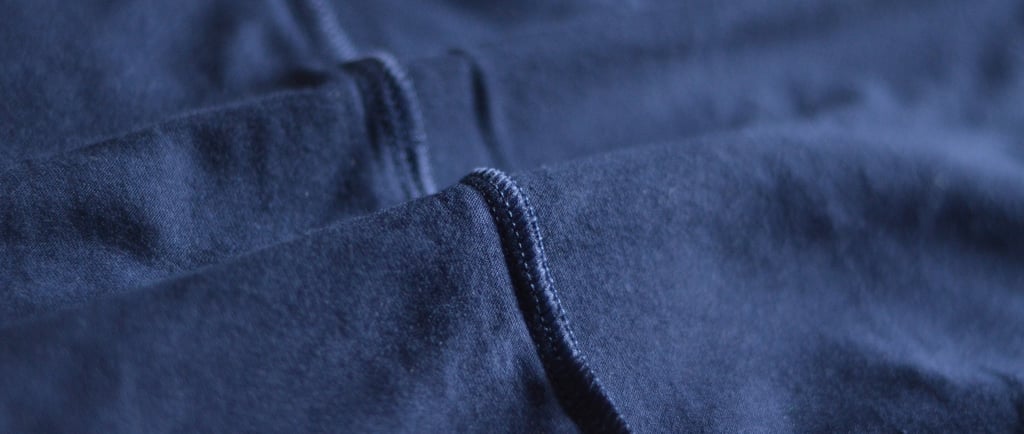What Is Breathable Fabric? Understanding Its Meaning, Types, and Benefits
In the world of clothing and textiles, the term "breathable fabric" has become a buzzword—especially in sleepwear, activewear, and loungewear. But what does it actually mean for a fabric to be breathable? And why should you care? In this article, we’ll break down what breathable fabric really is, what types of fabrics are considered breathable, and why they matter for your comfort and health.
RSTWL
5/28/20252 min read


🧵 What Does “Breathable Fabric” Mean?
A breathable fabric allows air and moisture (like sweat) to pass through it easily, helping to regulate body temperature and keep your skin dry. This doesn’t mean the fabric has to be thin or flimsy—instead, it's about the material’s structure and fiber properties.
Breathability is important because your body naturally releases heat and moisture throughout the day (and night). When clothing traps that heat and moisture, it can cause discomfort, overheating, and even skin irritation. Breathable fabrics help prevent this.
👕 Types of Breathable Fabrics
There are many types of breathable fabrics, both natural and synthetic. Some of the most common include:
1. Cotton
A natural fiber that’s soft, absorbent, and breathable.
Especially good for casual wear and sleepwear.
Downsides: can retain moisture if not blended with performance fibers.
2. Linen
Made from flax fibers, linen has a loose weave that promotes airflow.
Naturally cooling and ideal for hot climates.
It wrinkles easily but is highly breathable.
3. Bamboo Viscose / Modal
Soft, silky, and naturally breathable.
Often blended with cotton for added durability and comfort.
Eco-friendly and moisture-wicking.
4. Tencel™ (Lyocell)
A sustainable fiber made from wood pulp.
Smooth, breathable, and excellent at wicking moisture.
Naturally hypoallergenic and gentle on skin.
5. Polyester Blends (with mesh or engineered weaves)
When blended correctly or engineered with micro-perforations, polyester can be breathable.
Common in athletic or performance wear.
Moisture-wicking but less breathable than natural fibers unless specially treated.
6. Wool (especially Merino)
Naturally breathable and thermoregulating.
Wicks moisture and doesn’t retain odor.
Merino wool is soft enough for base layers and sleepwear.
🌬️ Key Benefits of Breathable Fabrics
✅ Temperature Regulation
Allows your body heat to escape, helping you stay cool in warm weather and preventing overheating at night.
✅ Moisture Management
Helps wick away sweat and keeps skin dry, reducing the risk of chafing or rashes.
✅ Comfort & Freshness
Breathable fabrics feel lighter on the skin and stay fresher longer, especially in warm or humid conditions.
✅ Improved Sleep & Performance
Wearing breathable clothing during sleep or exercise can improve overall comfort, reduce restlessness, and support better rest or activity levels.
✅ Skin Health
Less moisture buildup means fewer chances for bacterial growth, irritation, or breakouts.
🧠 Final Thoughts
Breathable fabrics are essential for anyone who values comfort, especially in hot climates, during physical activity, or while sleeping. Whether you’re shopping for loungewear, workout gear, or everyday basics, choosing breathable materials can make a real difference in how you feel throughout the day.
Understanding the science behind breathability helps you make more conscious, health-supporting choices—not just for your wardrobe, but for your overall well-being.
